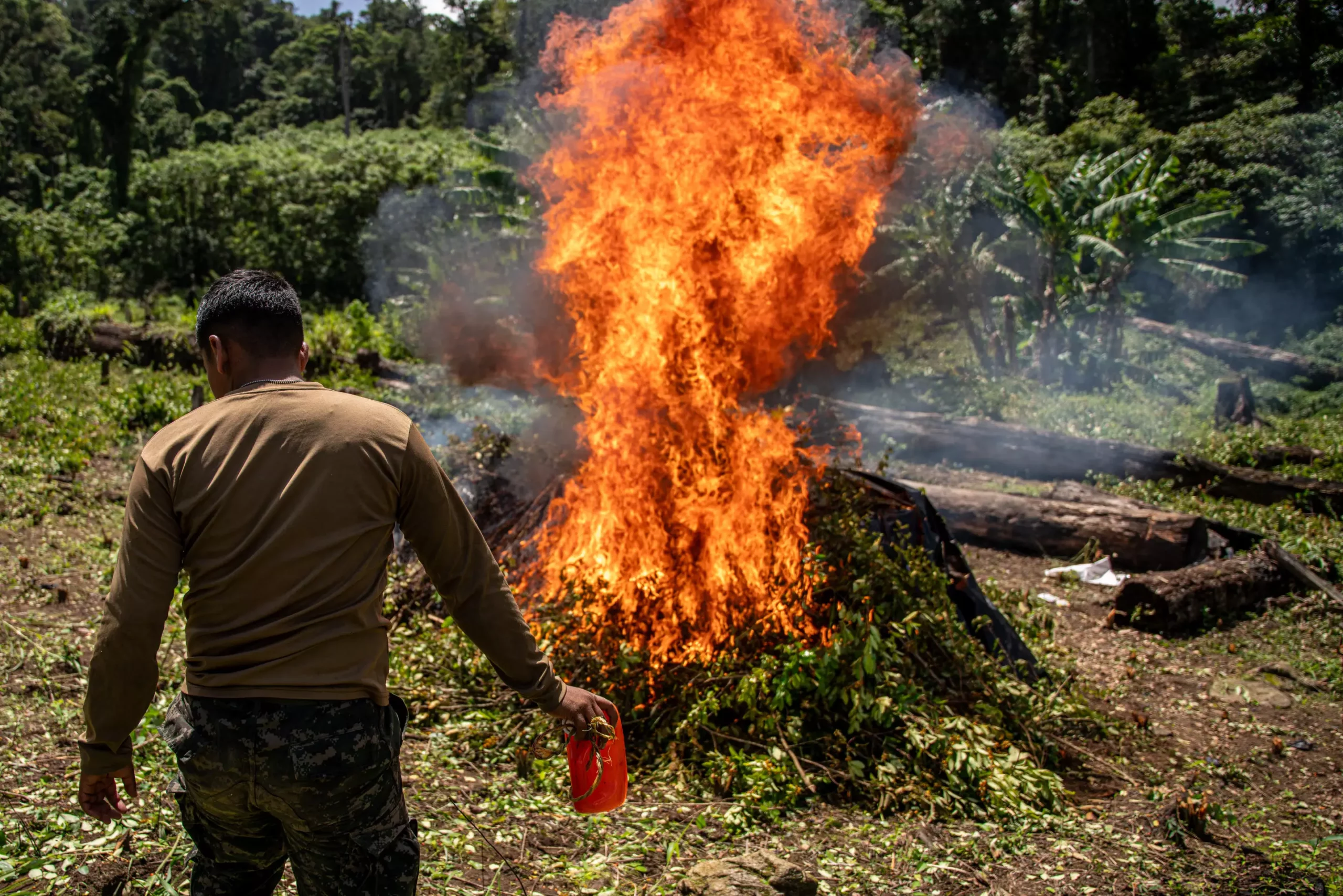The coca plant, long synonymous with the cocaine trade and primarily cultivated in South America, is entering a new chapter with startling implications for the dynamics of narcotics in Central America. A recent study has illuminated a significant shift in the geographical parameters of coca cultivation, revealing that northern Central America—including parts of Honduras, Guatemala, and Belize—boasts almost half the area conducive to coca farming. This revelation raises crucial questions about future drug policies and the socio-economic landscape of the region.
The findings of the study, published in the journal *Environmental Research Letters* on September 17, suggest that 47% of northern Central America presents the ideal climatic and soil conditions for coca cultivation. This is a startling revelation, particularly as much of southern Central America remains unsuitable for similar agricultural endeavors. The research was prompted by a growing concern over coca eradication efforts in the region, which had been frequently covered in the media.
The research led by Paulo J. Murillo-Sandoval from the Universidad del Tolima utilized advanced machine-learning models to analyze various biophysical characteristics, juxtaposing potential coca-growing areas against known sites in Colombia where coca has flourished. The extensive use of digital data enabled the researchers to create an accurate map identifying suitable coca cultivation sites, effectively disrupting the longstanding assumption that coca was virtually exclusive to South America.
Professor Kendra McSweeney, who co-authored the study, notes that the decreasing monopoly South America holds over coca production comes with significant ramifications for the international cocaine market. The ease of cultivation in Central America could potentially serve as a response to increasing market demand in the United States and the accompanying regulatory landscape surrounding precursor chemicals necessary for cocaine production.
Although current coca plantations in Central America are reportedly few and far between, the study indicates that drug traffickers could capitalize on this emerging opportunity to establish a new coca production frontier. This would not only allow for an avoidance of the stringent policing of drug routes from Colombia but could also create a strategic advantage for traffickers seeking to establish a more streamlined supply chain.
The researchers faced ethical dilemmas regarding the publication of their findings. Concerns were raised that exposing the agricultural potential for coca cultivation might inadvertently facilitate organized criminal networks, while also putting local rural communities at risk from law enforcement targeting. Such apprehensions underscore an essential tension between public knowledge and the potential ramifications that could arise from it.
Despite these fears, the authors were urged by their Central American collaborators to proceed with publication, arguing that the populace deserves awareness of how the drug trade might evolve in their regions. This reflects a growing recognition of the necessity for transparency in discussions surrounding narcotics, particularly as the coca industry appears poised for potential growth.
The potential rise of the coca industry in Central America demands a robust and adaptive policy response. Historical efforts focused solely on eradication have generally failed, merely shifting cultivation to new areas, a cycle evident in Colombia’s experience. As the study’s authors assert, current strategies that rely heavily on law enforcement have not only been ineffective but may exacerbate the problem by pushing criminal activities to less policed regions.
McSweeney and her team urge policymakers to seek innovative approaches to address the drug problem—ones that do not simply reinforce counterproductive behaviors. Instead of trying to combat the issue through armed interventions and eradication schemes, there is a call for the development of holistic strategies addressing the socio-economic factors that contribute to coca cultivation, alongside drug demand mitigation.
The research findings paint a challenging picture for the future of coca cultivation in Central America. As the region gains unintended agricultural advantages for coca farming, it will likely become a focal point for future cocaine production unless preemptive action is taken. Moving forward, community involvement, awareness, and innovative drug policies designed to disrupt established criminal paths will be essential in changing the narrative around coca production. Rather than simply allowing Central America to become another battleground in the long-running war on drugs, stakeholders must collaborate to cultivate more sustainable solutions that address the underlying causes of drug cultivation and trafficking.


Leave a Reply